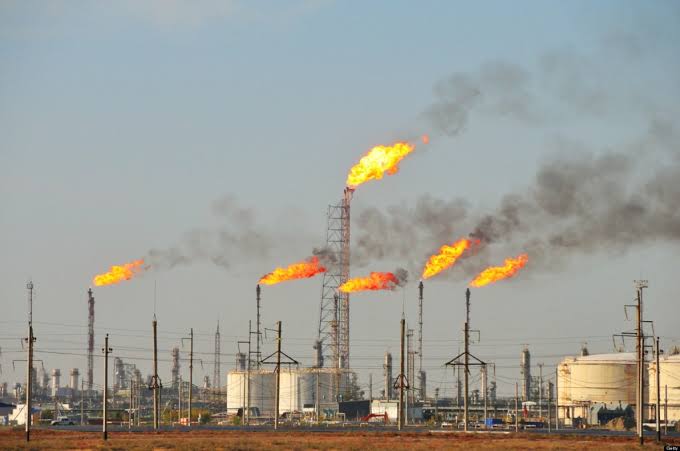By Francesca Hangeior
The Nigerian Upstream Petroleum Regulatory Commission on Tuesday, said plans are underway to end gas flaring in 2030.
The NUPRC Chief Executive Officer, Gbenga Komolafe, disclosed this while delivering his speech at the 8th Sub-Saharan Africa International Petroleum Exhibition and Conference holding in Lagos.
According to Komolafe, the NUPRC “is effectively spearheading the national drive to achieve the zero-flare target by 2030 and net zero carbon emissions by 2060”.
This, he said, would be achieved through several initiatives, including the Nigeria Gas-Flare Commercialisation Programme.
The NUPRC boss explained that Nigeria is on track to meet its environmental stewardship obligations.
He stated that analysis of the European Union’s Emissions Database for Global Atmospheric Research database shows that “Nigeria occupies a distant 165th position in the global ranking of top emitters, with a greenhouse gas emissions per capita at 1.88 tonnes Carbon dioxide equivalent per capita per year, representing just 0.13 percent of the global total”.
Komolafe said, however, that “despite the low emissions, we are not resting on our oars”.
The Nigerian Gas Flare Tracker stated that during the period under review, 595.1 million standard cubic feet of gas were flared in Rivers, Delta, Imo, Edo, Akwa Ibom, Bayelsa, Anambra, Abia and Lagos States.
The World Bank described gas flaring as the burning of natural gas associated with oil extraction.
Gas flaring continues to trend in Nigeria, despite cries of gas scarcity by electricity-generating companies.
While addressing delegates at SAIPEC, Komolafe noted that Nigeria holds promise for Africa and has the potential to emerge as a superpower given its strategic geopolitical importance, large market size of over 200 million people, teeming youth population, abundant natural and energy resources in the right mix, and the myriads of investment opportunities therein.
However, he held that the realisation of this potential “will depend on how effectively we address our challenges and leverage our strengths in the coming years”.
He urged participants to accept the conference as a call for action, and a charge for “enhanced collaboration and regional integration in unlocking our vast opportunities”.

